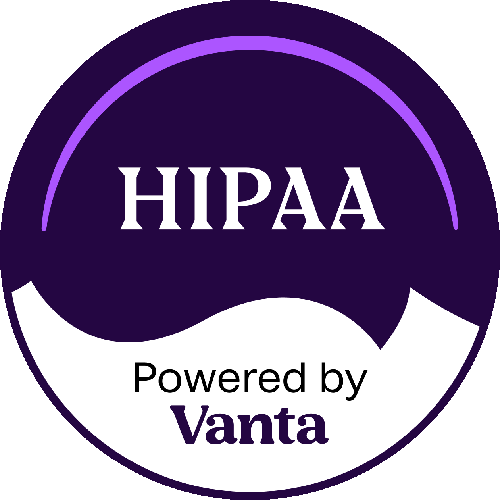Everyone connected to the healthcare industry is overwhelmed with the number of rules, regulations, guidelines, fines, and departments being created by the 2200+ pages associated with the Affordable Care Act that group practices, clinics and hospitals are trying to implement today.
As we head toward 2014 there will be more important milestones that must be achieved in order to qualify for Meaningful Use dollars, and further requirements to have an installed EMR/EHR system up and running.
 One of the critical items facing many healthcare organizations is Medical Record Abstraction, or patient chart scanning and abstraction. This is the critical step of having a patient’s confidential and proprietary personal information that is currently housed in file folders, converted to digital images by scanning the paper and then abstracting critical data that will be abstracted from these images and imported into your EMR/EHR system.
One of the critical items facing many healthcare organizations is Medical Record Abstraction, or patient chart scanning and abstraction. This is the critical step of having a patient’s confidential and proprietary personal information that is currently housed in file folders, converted to digital images by scanning the paper and then abstracting critical data that will be abstracted from these images and imported into your EMR/EHR system.
So what are some of the important issues you may be dealing with as you go through this process? Here are ten very important things you should be discussing at your group practice, clinic, or hospital right now.
- Working with a professional document imaging service provider, you can achieve maximum revenues for you organization by having your paper files scanned and the medical record abstraction done prior to you go-live date.
- When you convert the legacy system of paper file folders to digital images and have abstraction done by medically trained personnel, you will be able to maintain the highest levels of patient care as you transition to an EMR/EHR system.
- EMR and EHR systems have a better likelihood of success when the patient’s historical medical information is available to the physician in the new system. Working with dual systems causes confusion and delays quality patient care.
- Outsourcing the scanning and medical record abstraction of your patient charts will allow your staff to focus on patient care, not time-consuming ad-hoc conversions as required in the office or hospital. The information in your system will be there when you need it and when your patient is sitting across from the doctor.
- Eliminate overtime by outsourcing patient chart scanning entirely, saving your group practice, clinic or hospital significant money associated with attempting to do the legacy conversion with your internal staff.
- Work with trained professionals when you outsource medical record abstraction. It is important that the personnel abstracting patient chart information have a medical background and can understand the doctor’s notes and medical codes needed to minimize health care decisions and billing issues.
- Metadata is everything. As we have seen in the news of late, information is valuable, private and must be protected. Work with a document imaging service provider that understands the current HIPAA regulations, knows how to protect your information when it is in their possession, and knows how to abstract and import the scanned images and metadata into your specific EMR/EHR system.
- Many physician groups, clinics and hospitals actually see fewer patients and a loss of revenue when they try to convert their paper legacy files with their current staff. Implementing an effective EMR/EHR system is not easy and it can cost you money. Do not attempt to do the paper conversion in-house.
- Our trained document imaging specialists and medically trained abstraction professionals have worked with many EMR/EHR systems. You are working with one. Let our document conversion expertise and staff work with you to adopt best practices for scanning patient chart files and medical record abstraction to assure that quality information is in your system when you go-live.
- If you plan to apply for Meaningful Use dollars, you will want to work with a professional outsourced document conversion service provider who has the experience and staff to make sure you are successful, can deliver quality medical care with timely information in your EMR/EHR system when working with your patients.
CTI has helped group practices, clinics and hospitals identify and implement best practices for EMR/EHR go-live implementations. This careful planning with our experienced staff leads to:
- Higher number of patients being seen during go-live
- Lower labor costs during go-live
- Increased accuracy of images and data
- Reduction in practice management costs of trying to manage the go-live process internally
- Better bottom line results
Better patient care


